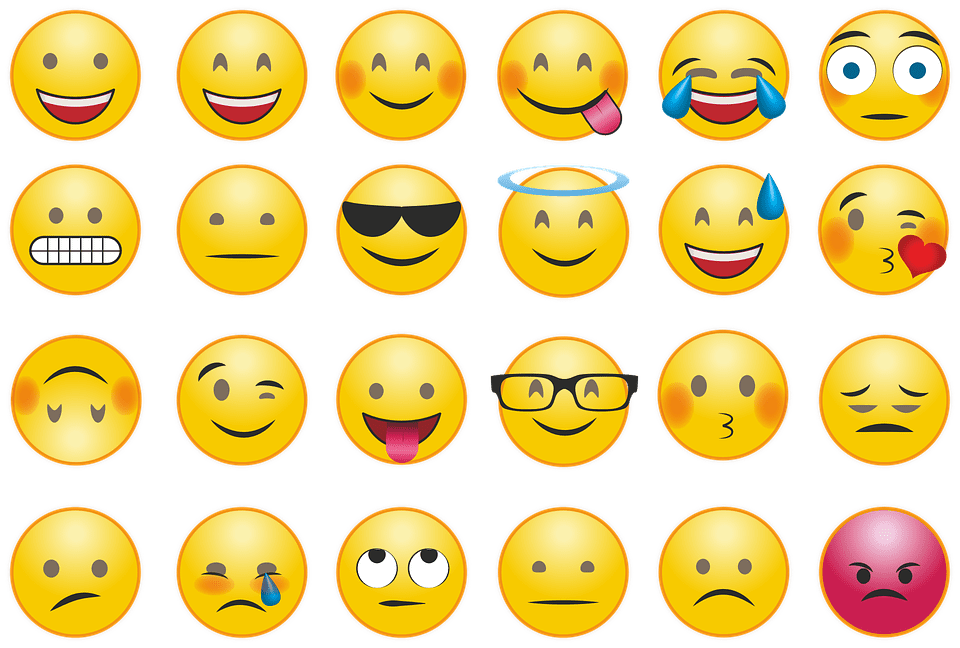Emojis are an ever increasing trend on social media and can be used to denote the emotion behind a message, replace words entirely and can even convey an entire sentence worth of meaning.
Text Messages, Emojis and Wills
The case of Nichol v Nichol in 2017 saw the Brisbane Supreme Court assessing whether a deceased man’s drafted text message constituted a valid last Will and Testament. The message described that the man’s brother and nephew would receive his house and pension rather than his wife and son. The text message included instructions as to the man’s ashes and concluded with a smiley face emoji and the words “my will”. The deceased man did not have a valid Will in place when he died. Justice Susan Brown found that informality of the format and the inclusion of an emoji was not enough to exclude the man’s intentions for his Will.
Emojis and criminal convictions
Intentions conveyed through emojis have been found to be so clear and deliberate that criminal convictions have resulted across the world.
Notable cases concerned with emojis:
- A New Zealand man was charged with stalking and sentenced to 8 months jail after he sent a text to his ex-partner stating “you’re going to f*****g get it” followed by the plane emoji. The court found that the message indicated the defendant was literally ‘coming to get’ his ex-partner
- A man in France was convicted after he sent a gun emoji to his ex-girlfriend, which was held to amount to a death threat. The emoji resulted in 6 months imprisonment and a €1000 fine
- In New York a 17 year old student posted an emoji of a policemen and 3 guns pointing towards it on Facebook. The student was charged with making a terrorist threat, however a grand jury did not find the student guilty, one reason being that the emojis did not demonstrate criminal intent
According to a study from Cadbury Dairy Milk Oreo, around 9.9 million Australians use emojis. With the majority of frequent emoji users under 30, it raises the question whether judges, who do not often belong to this age bracket, are able to follow the evolving trends behind emoji use. Emoji trends and meanings vary depending on the time of year, their relationship to current internet fads and celebrity use. Elizabeth Kirley and Marilyn McMahon from Deakin University suggest that accredited specialists in digital speech may become necessary to assist judges in interpreting the meaning behind emojis.
Let’s take it seriously
It is likely that with new emojis being released each year, the number of emoji-related charges is going to increase. The cases are a warning to us all that emojis convey meaning in a similar way to words, and threats can come from both forms of communication. The importance placed on informal forms of communication is increasing in the legal sphere, so we should be wary that everything we send, post and write may be scrutinised later.

